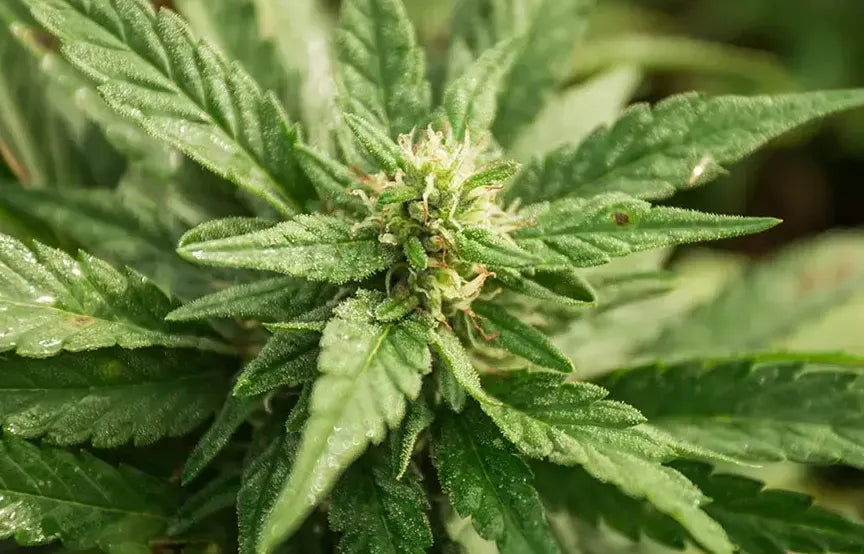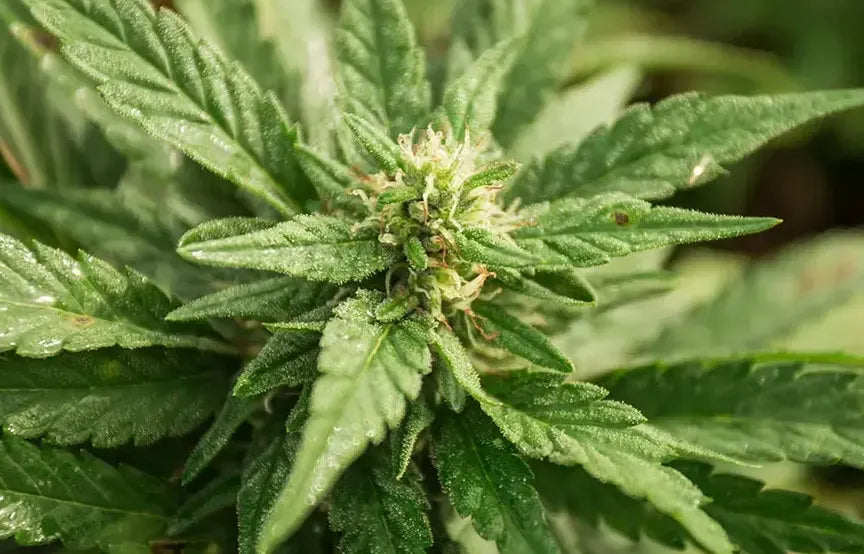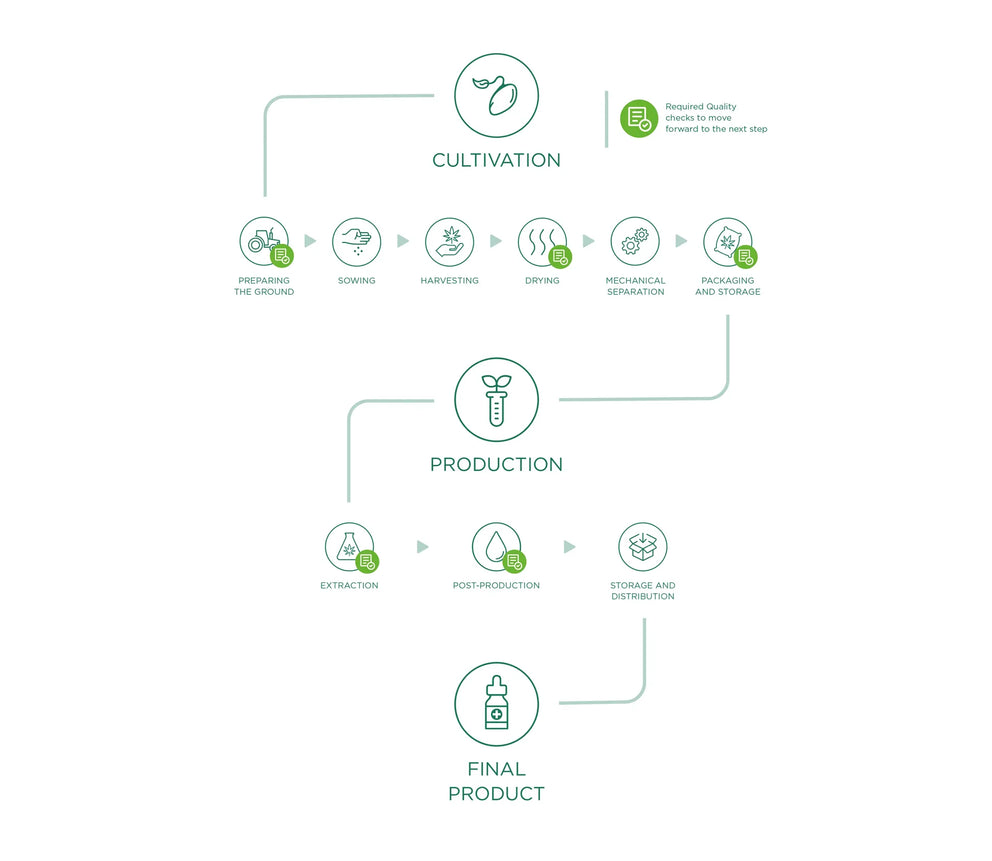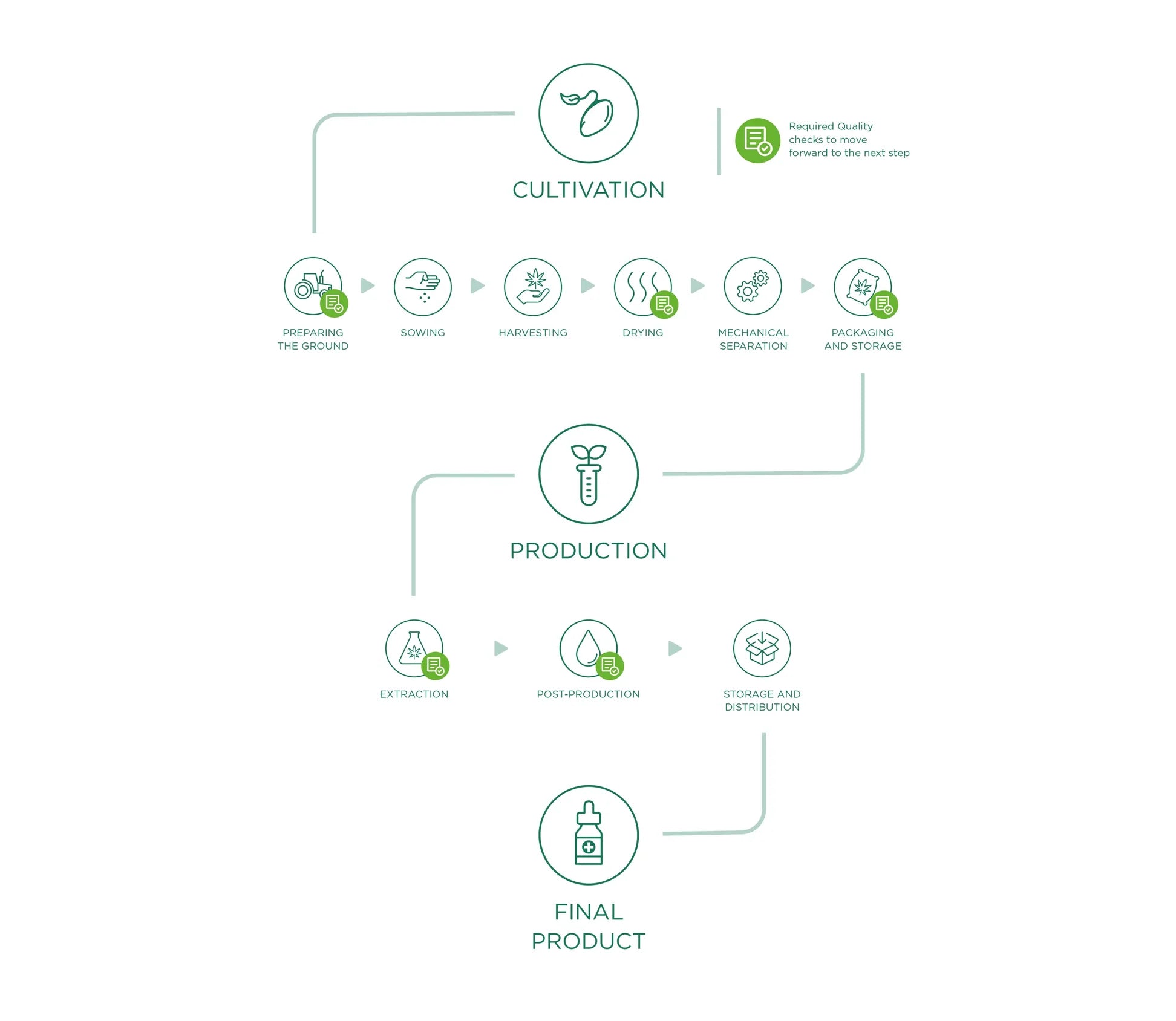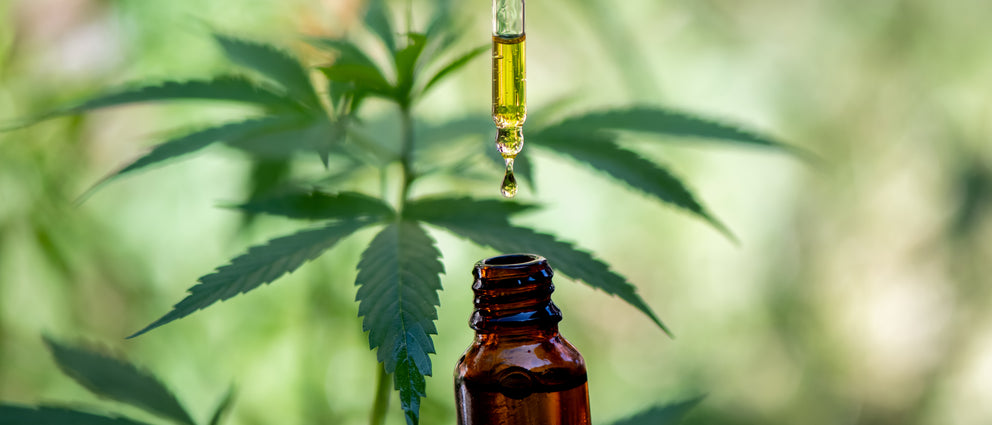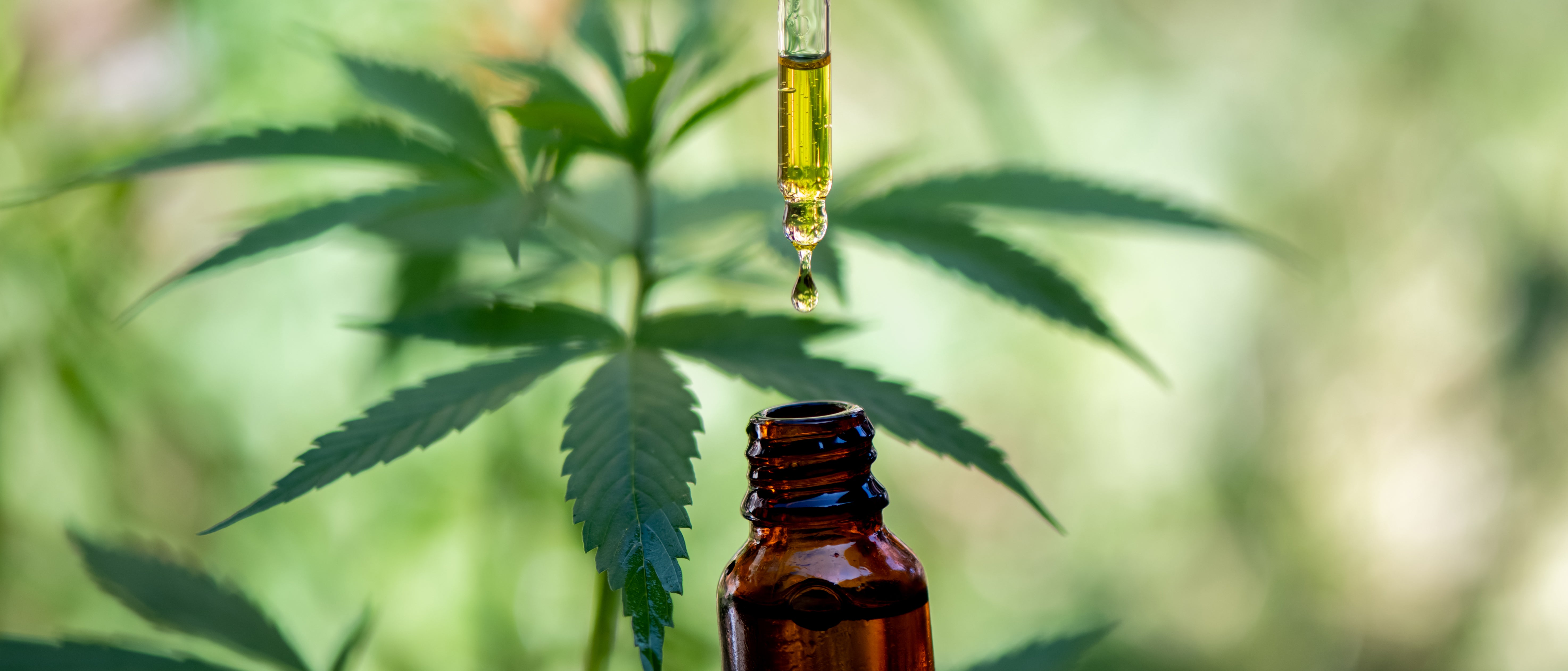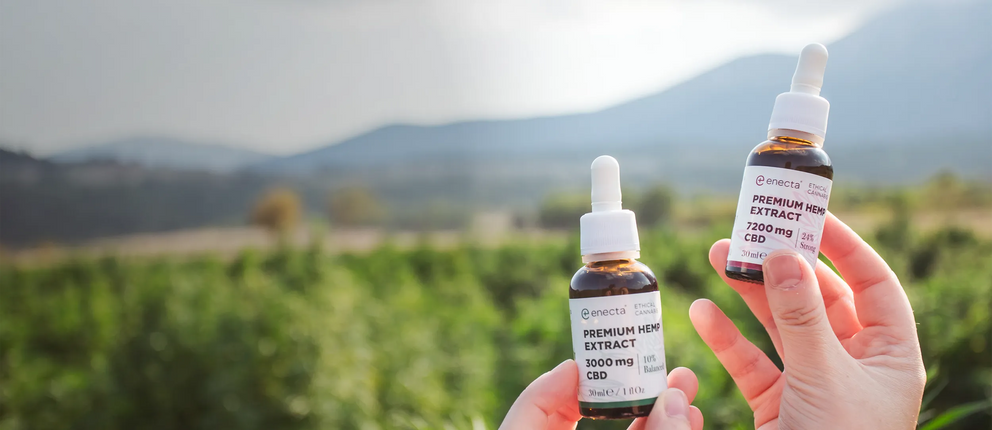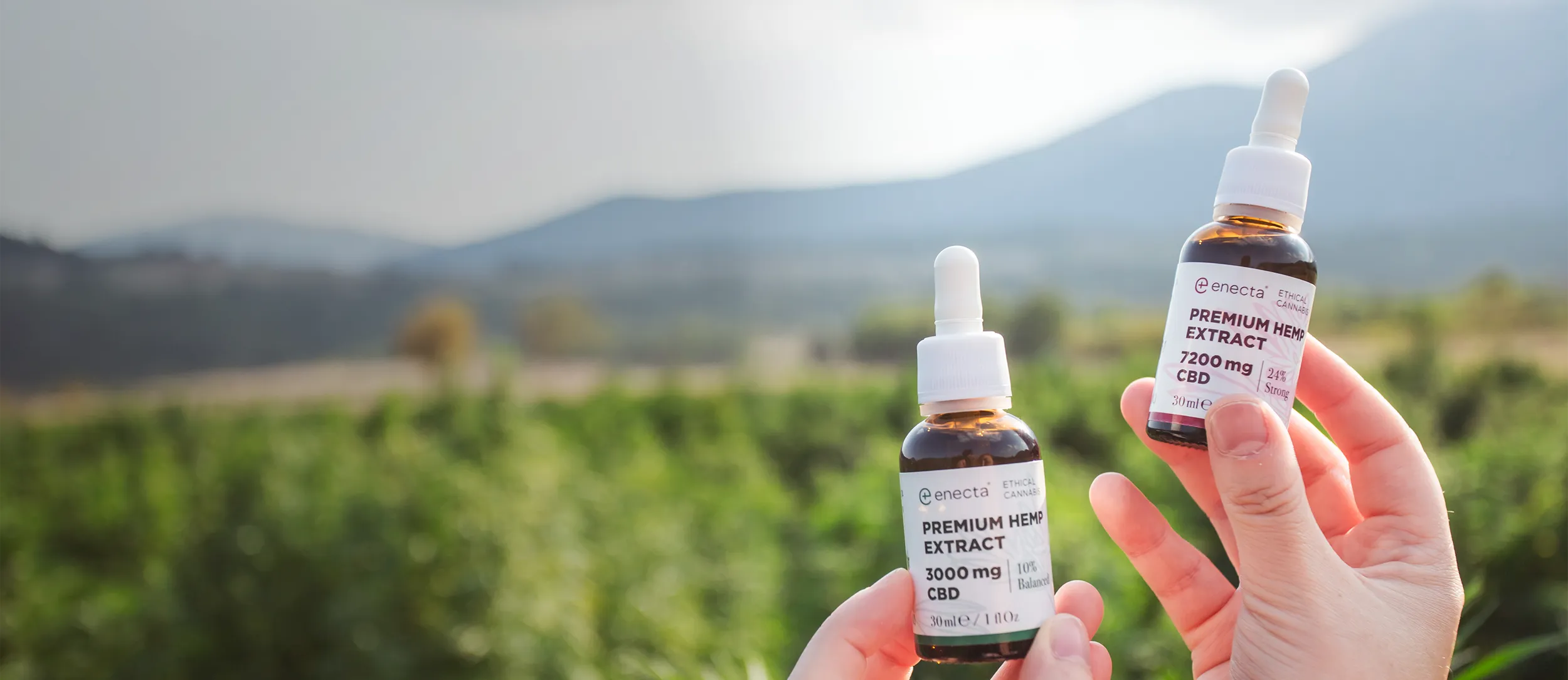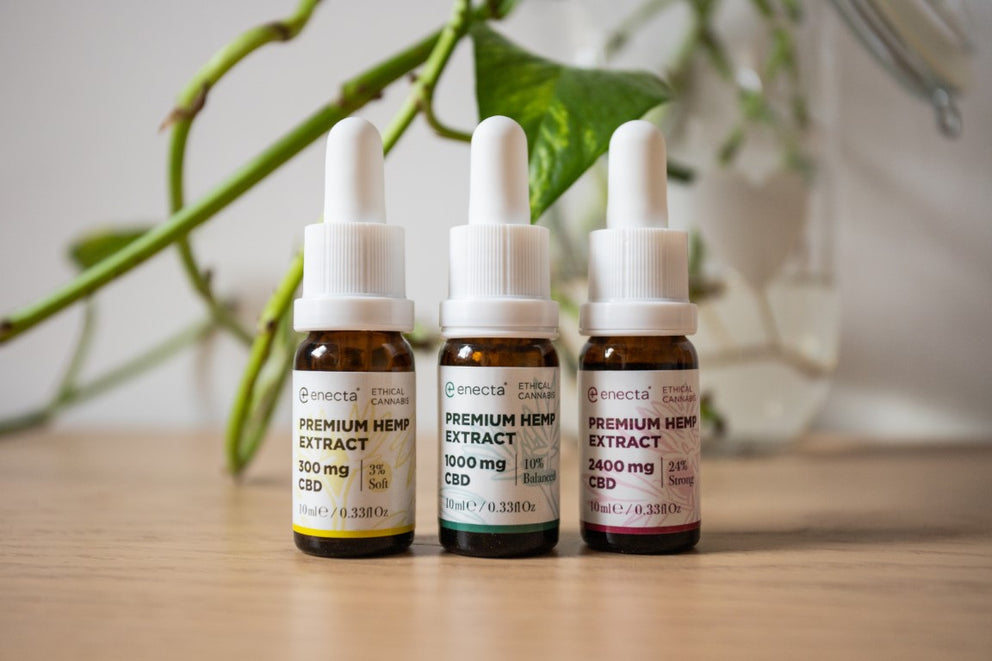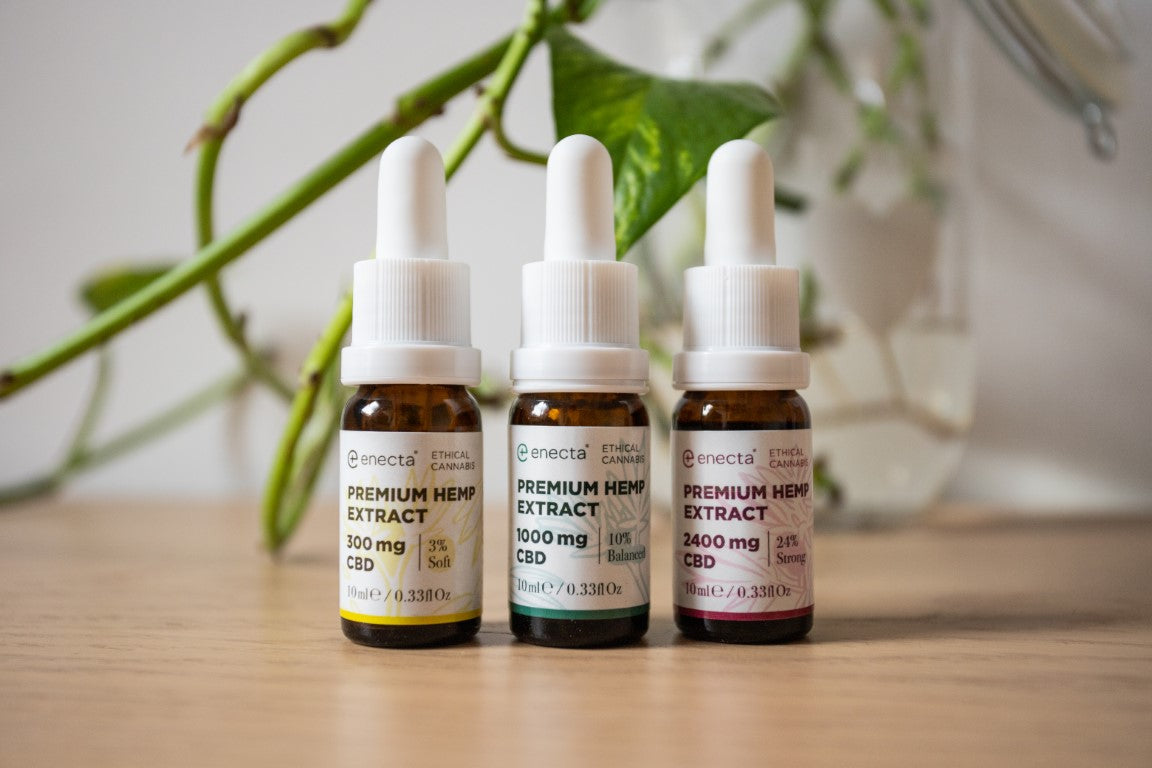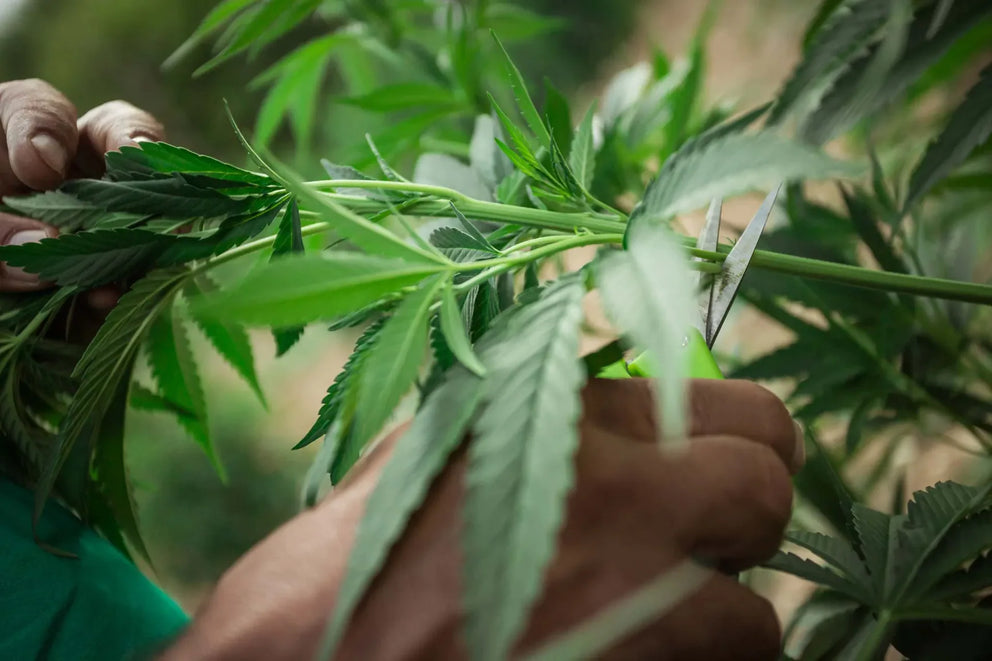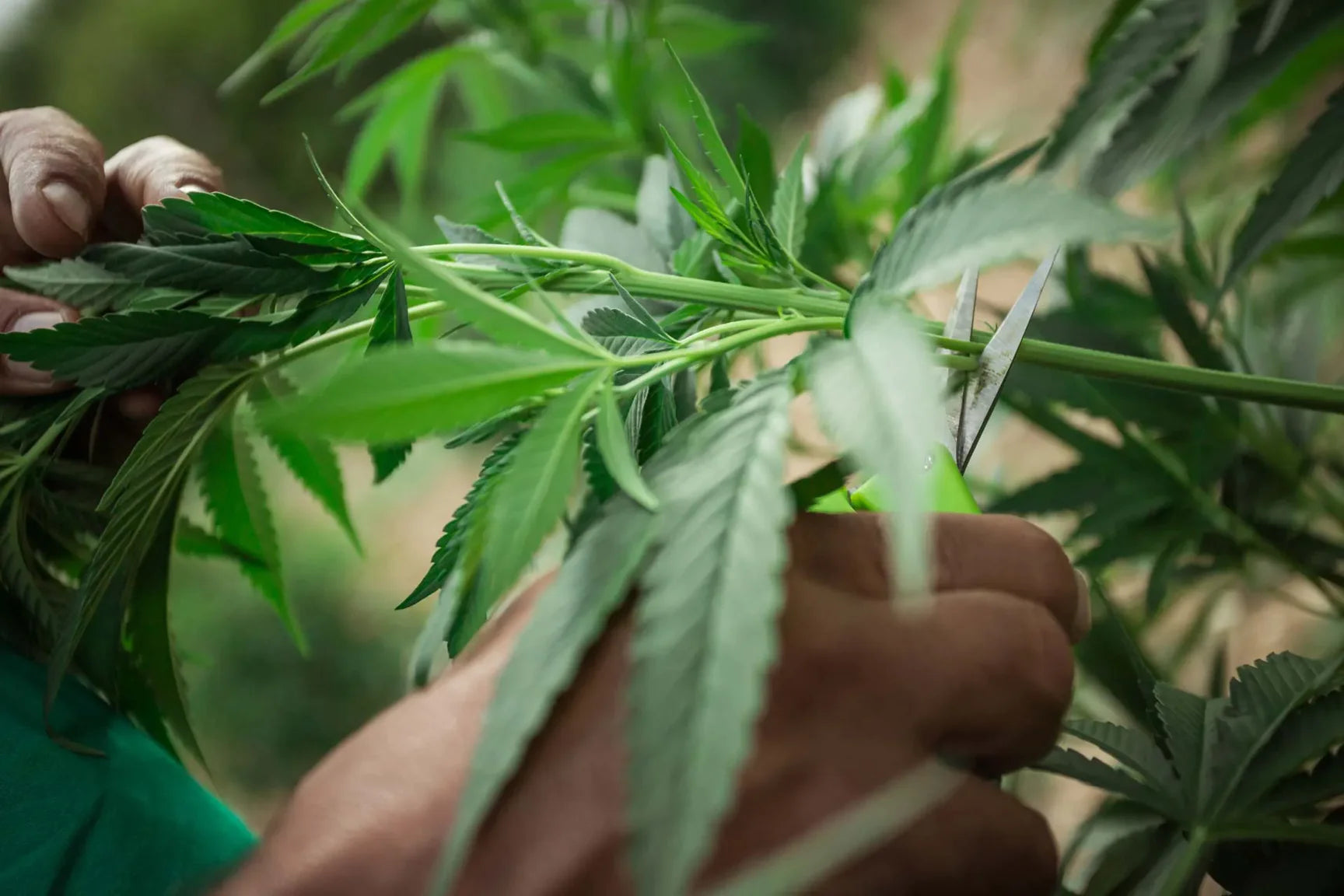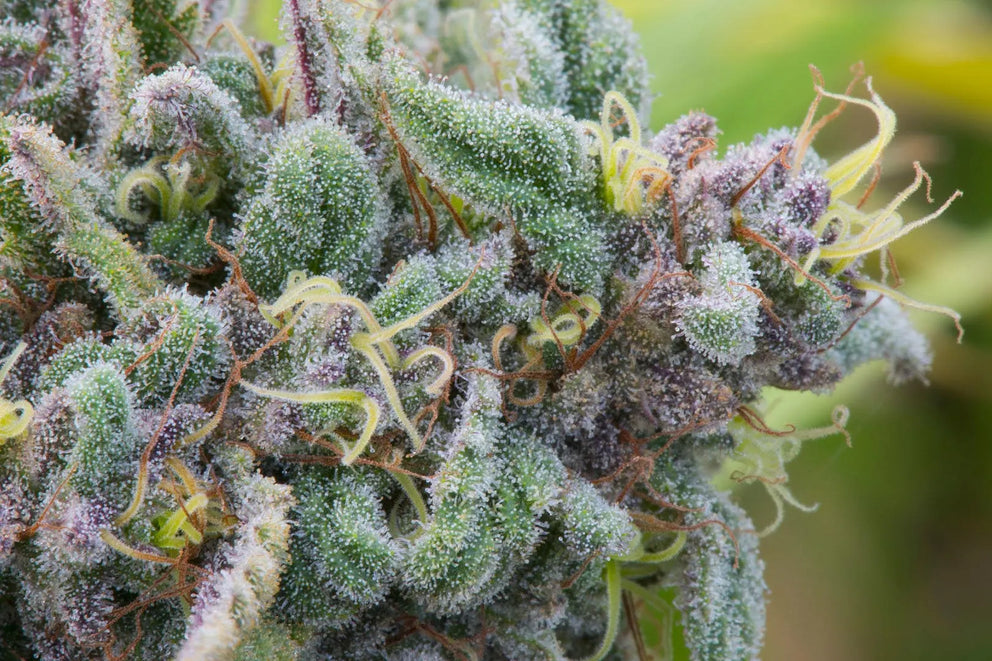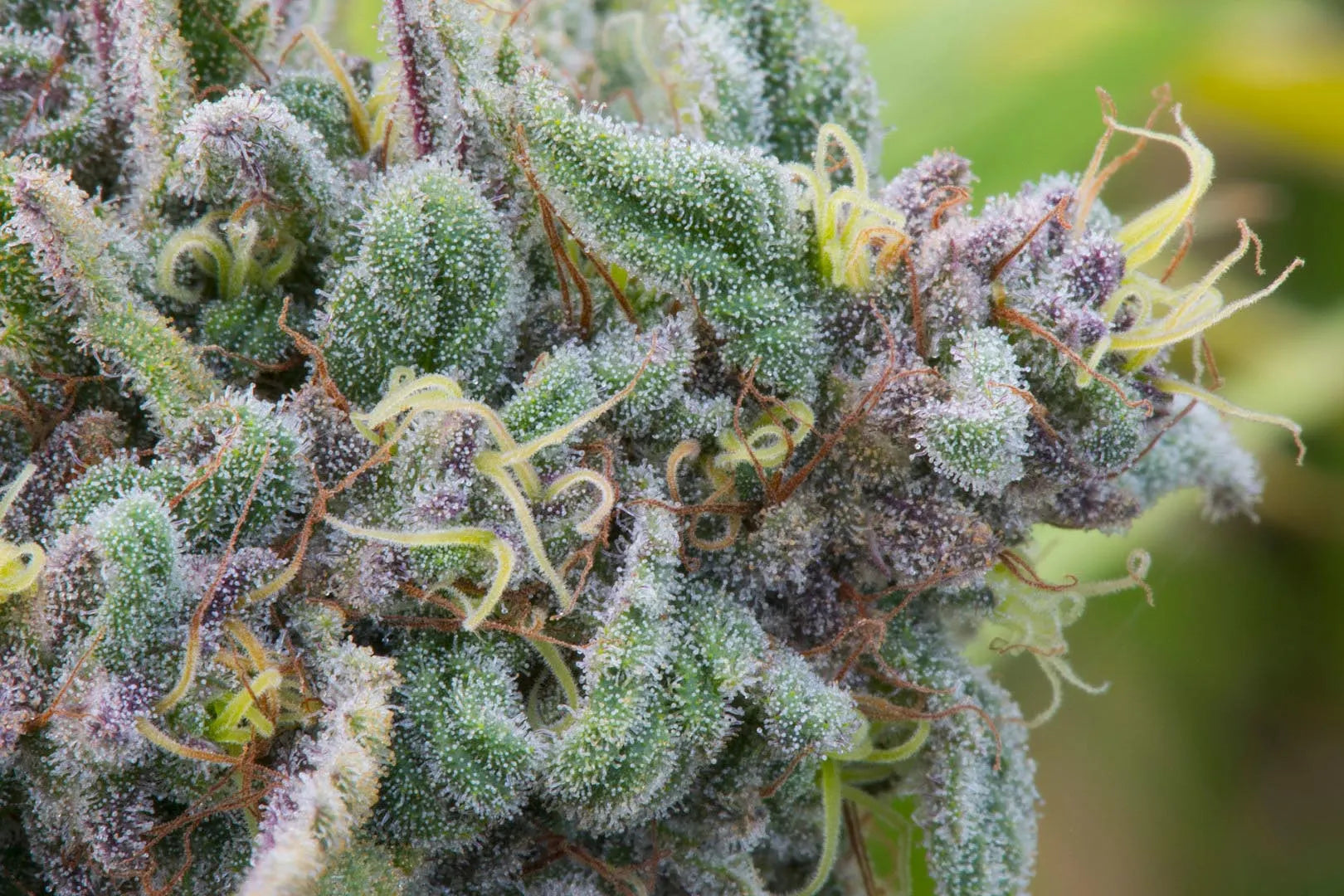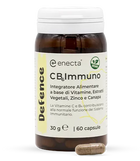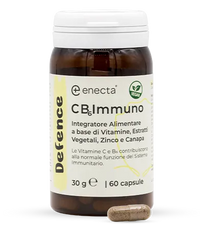The endocannabinoid system (ECS) is a biological system present in the human body that acts on the regulation of a wide variety of both physiological and cognitive processes, such as appetite, feeling of pain or mood. It is composed of a number of specific receptors that interact with cannabinoids. Cannabinoid receptors are therefore like mailboxes that receive information from cannabinoids, "messengers" that act in our body, and are divided into two types, called CB1 and CB2.
Cannabinoids
Cannabinoids are chemical compounds capable of interacting with these specific receptors, and can be found in three forms: endogenous, natural and synthetic.
Endogenous cannabinoids (endocannabinoids)
Endogenous cannabinoids are organic compounds that are generated within the human body and act within the central and peripheral nervous system. They are, in fact, a class of lipid messengers capable of interacting with the cannabinoid receptors that make up the endocannabinoid system. For the moment there are five endocannabinoids known to the scientific community: anandamine, arachidonoglycerol, noladin, virodamine, N-arachidonoildopamine.
Natural Cannabinoids (phytocannabinoids)
Phytocannabinoids are present in the Cannabis plant and are concentrated in its viscous resin. For the moment, scientific research has managed to identify at least 113 different cannabinoids present in cannabis. Science has studied - and continues to study - in particular the three most abundant phytocannabinoids in the cannabis plant: delta-9-tetrahydrocannabinol (THC), cannabidiol (CBD) and cannabinol (CBN). In addition to the three main cannabinoids it is necessary to consider the presence of cannabigerol (CBG): a non-psychoactive cannabinoid discovered in 1964. Cannabigerol (CBG) is composed of cannabigerolic acid (CBGA). This, in the course of plant maturation, can be transformed by the action of some enzymes in the other cannabinoids already mentioned.
Synthetic cannabinoids
They are cannabinoids made in the laboratory and then used for therapeutic purposes as a component of various drugs. Synthetic cannabinoids simulate the characteristics of endocannabinoids by interacting with CB1 and CB2 receptors of the body's endocannabinoid system.
